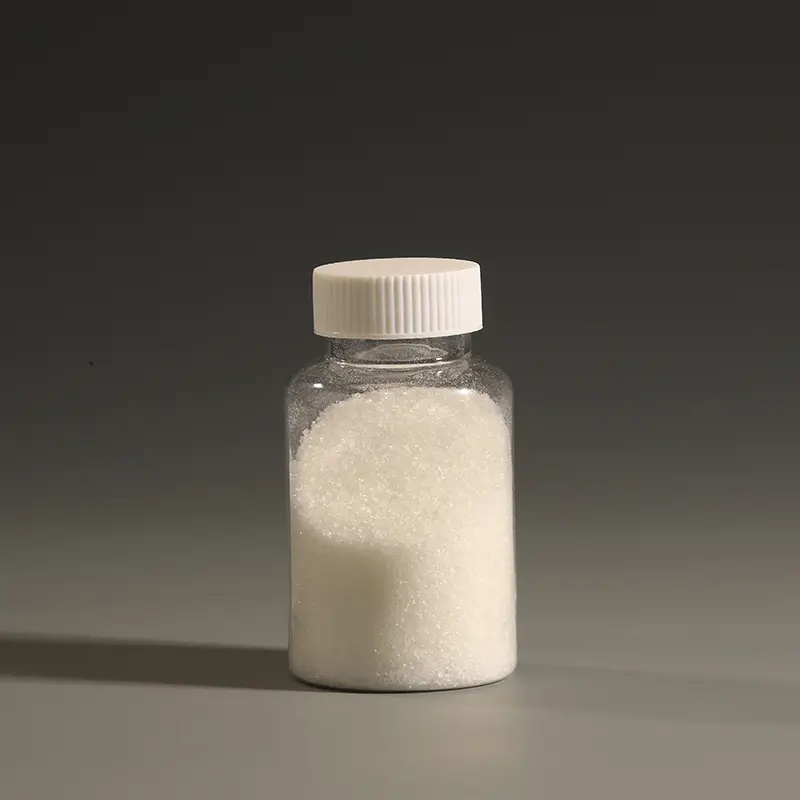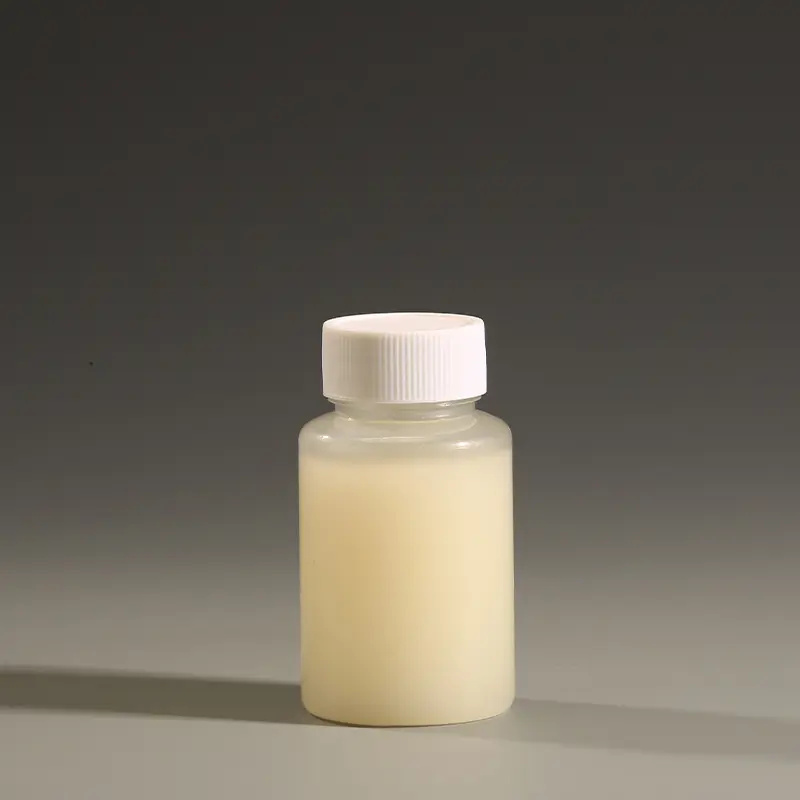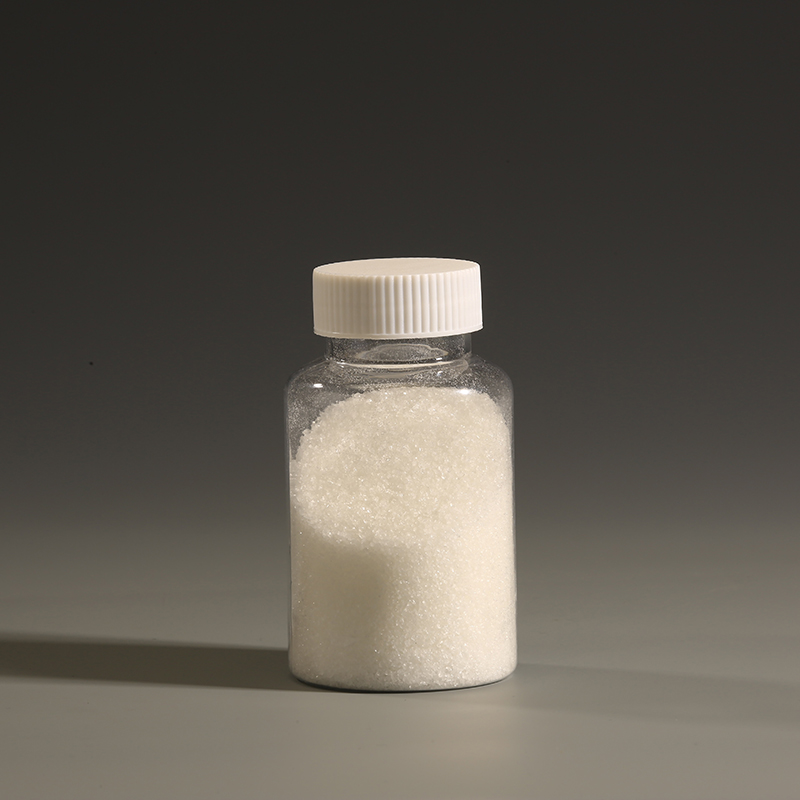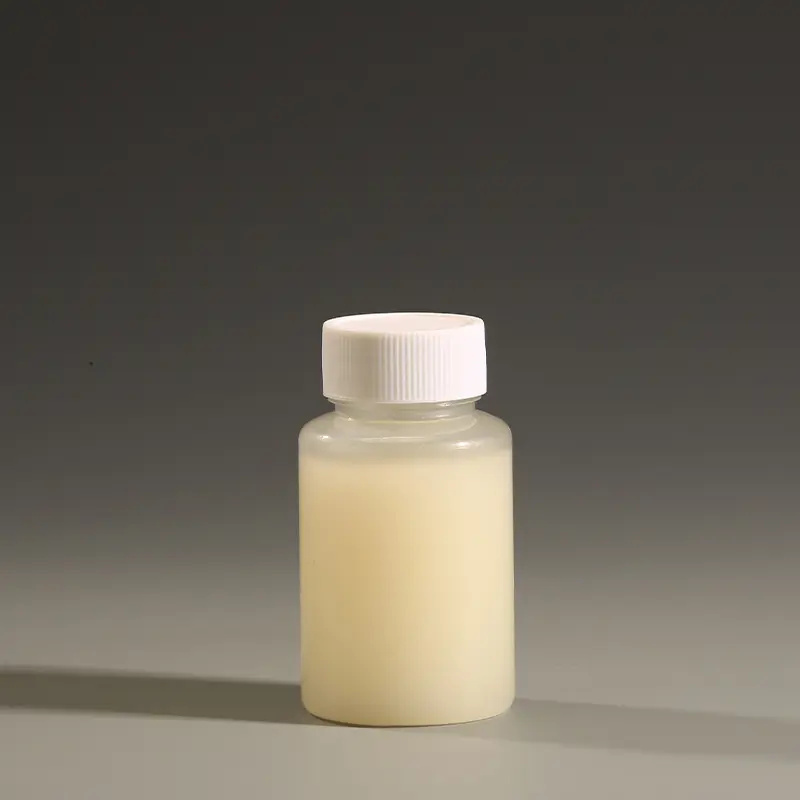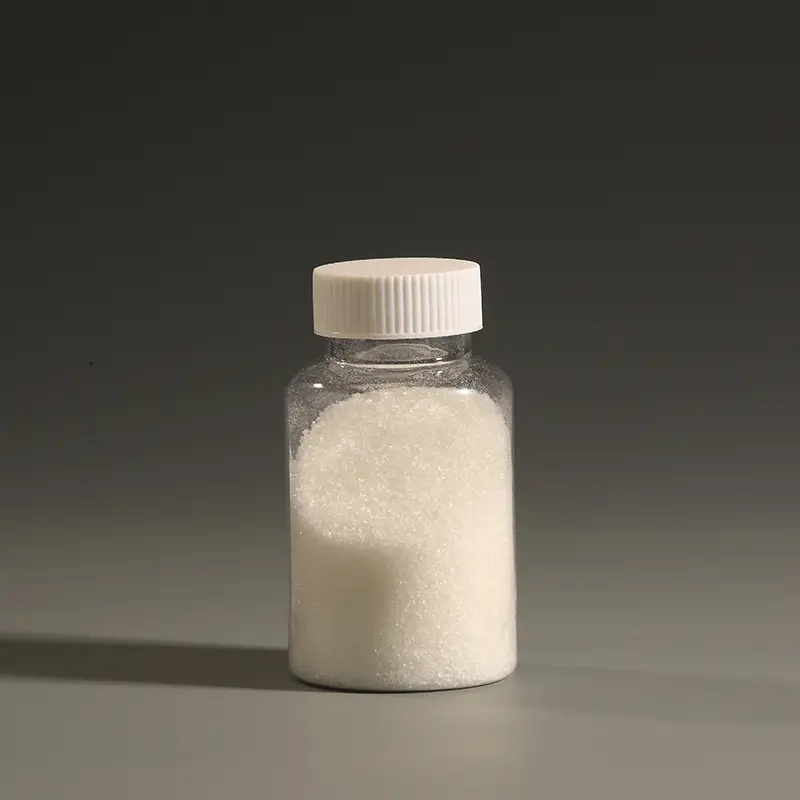నీటి చికిత్స కోసం PAM
పరిచయం
PAM (పాలియాక్రిలమైడ్) అనేది నీటి శుద్ధితో సహా వివిధ అనువర్తనాల్లో ఉపయోగించే ఒక రకమైన పాలిమర్. నీటి శుద్ధి ప్రక్రియలలో సస్పెండ్ చేయబడిన కణాల స్థిరీకరణను మెరుగుపరచడానికి, నీటి నుండి ఘనపదార్థాలను వేరు చేయడాన్ని సులభతరం చేయడానికి పాలియాక్రిలమైడ్ను సాధారణంగా ఫ్లోక్యులెంట్గా ఉపయోగిస్తారు.
పాలీయాక్రిలమైడ్ (PAM) అనేది నీటి శుద్ధి రంగంలో విస్తృతంగా ఉపయోగించే ఒక పాలిమర్ సమ్మేళనం. ఇది నాన్యోనిక్, కాటినిక్ మరియు అనియోనిక్ వంటి అనేక రకాల్లో వస్తుంది.
సాంకేతిక లక్షణాలు
పాలియాక్రిలమైడ్ (PAM) పొడి
| రకం | కాటినిక్ PAM (CPAM) | అనియోనిక్ PAM(APAM) | అయానిక్ కాని PAM(NPAM) |
| స్వరూపం | తెల్లటి పొడి | తెల్లటి పొడి | తెల్లటి పొడి |
| ఘన కంటెంట్, % | 88 నిమి | 88 నిమి | 88 నిమి |
| pH విలువ | 3 - 8 | 5 - 8 | 5 - 8 |
| పరమాణు బరువు, x106 | 6 - 15 | 5 - 26 | 3 - 12 |
| అయాన్ డిగ్రీ, % | తక్కువ, మధ్యస్థం, అధిక | ||
| కరిగే సమయం, నిమి | 60 - 120 | ||
పాలీయాక్రిలమైడ్ (PAM) ఎమల్షన్:
| రకం | కాటినిక్ PAM (CPAM) | అనియోనిక్ PAM (APAM) | అయానిక్ కాని PAM (NPAM) |
| ఘన కంటెంట్, % | 35 - 50 | 30 - 50 | 35 - 50 |
| pH | 4 - 8 | 5 - 8 | 5 - 8 |
| స్నిగ్ధత, mPa.s | 3 - 6 | 3 - 9 | 3 - 6 |
| కరిగించే సమయం, నిమి | 5 - 10 | 5 - 10 | 5 - 10 |
అప్లికేషన్లు
ఫ్లోక్యులెంట్:నీటి చికిత్సలో పాలియాక్రిలమైడ్ను తరచుగా ఫ్లోక్యులెంట్గా ఉపయోగిస్తారు, ఇది సస్పెండ్ చేయబడిన ఘనపదార్థాలు, కణ పదార్థం మరియు కొల్లాయిడ్లను తొలగించి, వాటిని పెద్ద ఫ్లాక్లుగా ఘనీభవించి, తదుపరి అవక్షేపణ లేదా వడపోతను సులభతరం చేస్తుంది. ఈ ఫ్లోక్యులేషన్ నీటి స్పష్టత మరియు పారదర్శకతను మెరుగుపరచడంలో సహాయపడుతుంది.
అవపాత పెంచేది:అవక్షేపణ కారకం యొక్క ప్రభావాన్ని పెంచడానికి పాలియాక్రిలమైడ్ లోహ అయాన్లతో సముదాయాలను ఏర్పరుస్తుంది. లోహ అయాన్లను కలిగి ఉన్న మురుగునీటిని శుద్ధి చేసేటప్పుడు, పాలియాక్రిలమైడ్ వాడకం అవక్షేపణ ప్రభావాన్ని మెరుగుపరుస్తుంది మరియు మురుగునీటిలో లోహ అయాన్ల కంటెంట్ను తగ్గిస్తుంది.
యాంటీస్కలాంట్:నీటి శుద్ధీకరణ ప్రక్రియలో, పైపులు మరియు పరికరాల ఉపరితలంపై స్కేలింగ్ను నిరోధించడానికి పాలియాక్రిలమైడ్ను స్కేల్ ఇన్హిబిటర్గా కూడా ఉపయోగించవచ్చు. ఇది నీటి అయాన్ సమతుల్యతను మెరుగుపరుస్తుంది, నీటిలో కరిగిన పదార్థాల నిక్షేపణను నిరోధిస్తుంది మరియు స్కేల్ ఏర్పడటాన్ని తగ్గిస్తుంది.
నీటి నాణ్యత మెరుగుదల:నీటిలో సస్పెండ్ చేయబడిన ఘనపదార్థాల అవక్షేపణ రేటును పెంచడం, బురద ఏర్పడటాన్ని తగ్గించడం మొదలైన కొన్ని సందర్భాల్లో నీటి నాణ్యతను మెరుగుపరచడానికి పాలీయాక్రిలమైడ్ను కూడా ఉపయోగించవచ్చు.
నేల ఘనీభవనం:నేల ఘనీభవనం మరియు మెరుగుదలలో, నేల యొక్క స్థిరత్వం మరియు తుప్పు నిరోధకతను మెరుగుపరచడానికి పాలియాక్రిలమైడ్ను ఉపయోగించవచ్చు, తద్వారా నేల యొక్క భౌతిక లక్షణాలను మెరుగుపరుస్తుంది.
పర్యావరణంపై ప్రతికూల ప్రభావాలను నివారించడానికి పాలియాక్రిలమైడ్ మోతాదును ఉపయోగించేటప్పుడు జాగ్రత్తగా నియంత్రించాలని గమనించాలి. అదనంగా, నిర్దిష్ట అప్లికేషన్ నీటి శుద్ధి మరియు నీటి నాణ్యత లక్షణాల యొక్క నిర్దిష్ట అవసరాలపై ఆధారపడి ఉంటుంది.
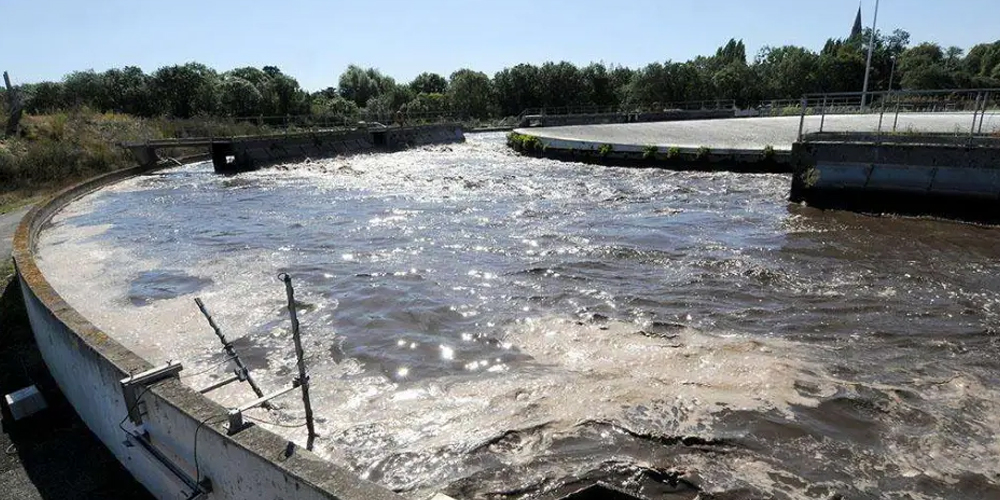
నా దరఖాస్తుకు సరైన రసాయనాలను ఎలా ఎంచుకోవాలి?
పూల్ రకం, పారిశ్రామిక మురుగునీటి లక్షణాలు లేదా ప్రస్తుత శుద్ధి ప్రక్రియ వంటి మీ అప్లికేషన్ దృశ్యాన్ని మీరు మాకు తెలియజేయవచ్చు.
లేదా, దయచేసి మీరు ప్రస్తుతం ఉపయోగిస్తున్న ఉత్పత్తి యొక్క బ్రాండ్ లేదా మోడల్ను అందించండి. మా సాంకేతిక బృందం మీకు అత్యంత అనుకూలమైన ఉత్పత్తిని సిఫార్సు చేస్తుంది.
ప్రయోగశాల విశ్లేషణ కోసం మీరు మాకు నమూనాలను కూడా పంపవచ్చు మరియు మీ అవసరాలకు అనుగుణంగా మేము సమానమైన లేదా మెరుగైన ఉత్పత్తులను రూపొందిస్తాము.
మీరు OEM లేదా ప్రైవేట్ లేబుల్ సేవలను అందిస్తున్నారా?
అవును, మేము లేబులింగ్, ప్యాకేజింగ్, ఫార్ములేషన్ మొదలైన వాటిలో అనుకూలీకరణకు మద్దతు ఇస్తాము.
మీ ఉత్పత్తులు ధృవీకరించబడ్డాయా?
అవును. మా ఉత్పత్తులు NSF, REACH, BPR, ISO9001, ISO14001 మరియు ISO45001 లచే ధృవీకరించబడ్డాయి. మాకు జాతీయ ఆవిష్కరణ పేటెంట్లు కూడా ఉన్నాయి మరియు SGS పరీక్ష మరియు కార్బన్ పాదముద్ర అంచనా కోసం భాగస్వామి కర్మాగారాలతో కలిసి పనిచేస్తాయి.
కొత్త ఉత్పత్తులను అభివృద్ధి చేయడంలో మీరు మాకు సహాయం చేయగలరా?
అవును, మా సాంకేతిక బృందం కొత్త సూత్రాలను అభివృద్ధి చేయడంలో లేదా ఇప్పటికే ఉన్న ఉత్పత్తులను ఆప్టిమైజ్ చేయడంలో సహాయపడుతుంది.
మీరు విచారణలకు ప్రతిస్పందించడానికి ఎంత సమయం పడుతుంది?
సాధారణ పని దినాలలో 12 గంటలలోపు ప్రత్యుత్తరం ఇవ్వండి మరియు అత్యవసర వస్తువుల కోసం WhatsApp/WeChat ద్వారా సంప్రదించండి.
మీరు పూర్తి ఎగుమతి సమాచారాన్ని అందించగలరా?
ఇన్వాయిస్, ప్యాకింగ్ లిస్ట్, బిల్ ఆఫ్ లాడింగ్, ఆరిజిన్ సర్టిఫికేట్, MSDS, COA మొదలైన పూర్తి సమాచారాన్ని అందించగలదు.
అమ్మకాల తర్వాత సేవలో ఏమి ఉంటుంది?
అమ్మకాల తర్వాత సాంకేతిక మద్దతు, ఫిర్యాదు నిర్వహణ, లాజిస్టిక్స్ ట్రాకింగ్, తిరిగి జారీ చేయడం లేదా నాణ్యత సమస్యలకు పరిహారం మొదలైనవి అందించండి.
మీరు ఉత్పత్తి వినియోగ మార్గదర్శకాలను అందిస్తారా?
అవును, ఉపయోగం కోసం సూచనలు, మోతాదు గైడ్, సాంకేతిక శిక్షణా సామగ్రి మొదలైన వాటితో సహా.



